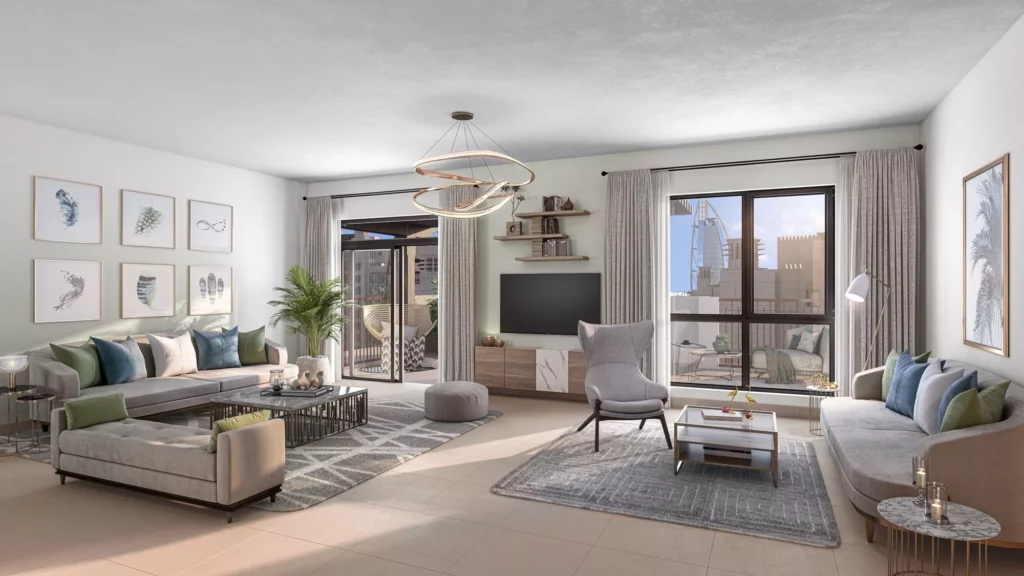
Interior designing is the art and science of enhancing the interior spaces of a building to create a more aesthetically pleasing and functional environment. Interior designers work with a variety of elements, including furniture, color schemes, lighting, fabrics, textures, and spatial arrangements, to achieve a harmonious and well-designed space. The goal of interior design is to enhance the quality of life and user experience within a given space.
Key aspects of interior designing include:
- Space Planning:
- Determining the functional layout of interior spaces to optimize the use of available space and create a comfortable flow.
- Color and Material Selection:
- Choosing appropriate colors, materials, and finishes to create a cohesive and visually appealing atmosphere that suits the purpose of the space.
- Furniture and Fixture Selection:
- Selecting furniture, fixtures, and other elements that complement the design concept while also considering comfort, functionality, and scale.
- Lighting Design:
- Planning and implementing effective lighting solutions to enhance the ambiance, functionality, and mood of a space.
- Textile and Accessories:
- Incorporating textiles such as curtains, rugs, and upholstery, as well as accessories like artwork and decor items, to add texture and personality to the space.
- Spatial Design:
- Creating layouts that optimize the use of space and improve the flow between different areas within a building.
- Concept Development:
- Developing a design concept or theme that aligns with the client’s preferences, the purpose of the space, and any architectural features.